How To Plan A Trip To Japan
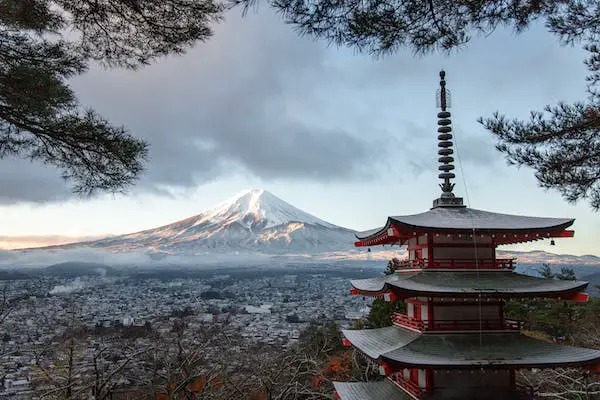
Japan, an island nation in East Asia, is a land of contrasts. It has a rich cultural heritage, stunning natural beauty, and a cutting-edge modern society. This unique blend of tradition and innovation has made Japan a fascinating and popular destination for travelers from around the world.
Japan is known for its ancient temples, shrines, and castles, which reflect the country's long and proud history.
One of the most famous landmarks in Japan is the stunning Kinkaku-ji, or Golden Pavilion, located in Kyoto.
The temple is covered in gold leaf and shimmers in the sunlight, making it one of the most iconic images of Japan.
But Japan is not just about ancient history. The country has also been at the forefront of technological innovation for decades, with companies such as Sony, Nintendo, and Toyota leading the way.
Tokyo, the capital city of Japan, is a bustling metropolis that is home to some of the world's most cutting-edge technology, fashion, and art.
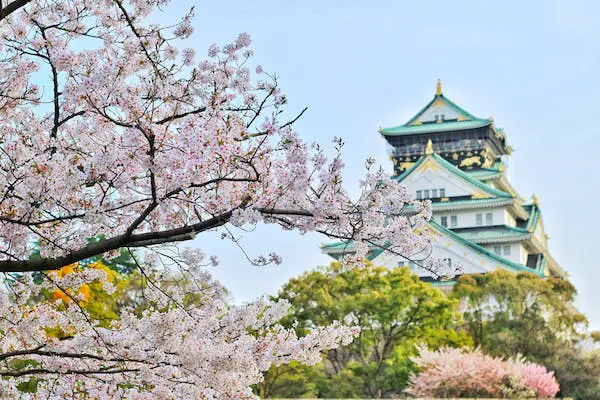
Japan is also known for its beautiful natural landscapes. The country is home to a number of stunning national parks, including the famous Mount Fuji, which is the highest mountain in Japan and a symbol of the country.
The island of Hokkaido is also a popular destination for nature lovers, with its rugged coastlines, hot springs, and abundant wildlife.
One of the most unique aspects of Japan is its food. Japanese cuisine is known for its emphasis on fresh ingredients, delicate flavors, and beautiful presentation.
Sushi, ramen, tempura, and udon are just a few examples of the delicious dishes that can be found in Japan.
The country is also famous for its tea ceremonies, which are a ritualized way of preparing and serving tea that has been practiced in Japan for centuries.
Another aspect of Japanese culture that is unique is its entertainment. Anime, manga, and video games are all incredibly popular in Japan, and the country has produced some of the world's most iconic and influential works in these mediums.
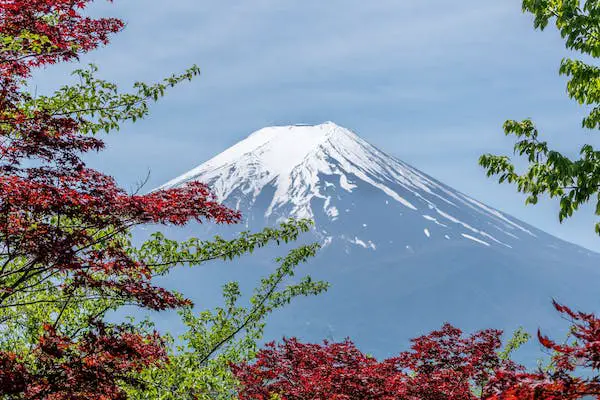
Cosplay, or dressing up as characters from these works, is also a popular pastime in Japan, with events such as the annual Comiket drawing huge crowds of fans from around the world.
Despite its many unique features, Japan is also a country that is facing a number of challenges. The population is aging rapidly, and the birth rate is low, leading to concerns about the future sustainability of the country.
Japan is also dealing with the aftermath of the devastating earthquake and tsunami that hit the country in 2011, as well as ongoing tensions with its neighbors over territorial disputes.
However, despite these challenges, Japan remains a fascinating and alluring destination that continues to captivate visitors from around the world.
With its rich history, cutting-edge technology, stunning natural beauty, and unique culture, Japan is a country that is sure to leave a lasting impression on anyone who visits.
Plan a trip to Japan
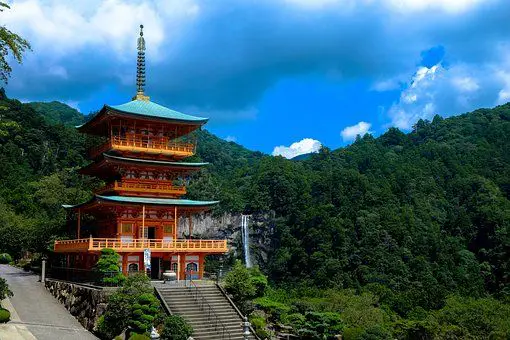
Planning a trip to Japan can be exciting but also overwhelming, especially if you have never visited the country before. Here are some tips to help you plan a successful trip to Japan:
Decide on the time of year
As an AI language model, I do not have the context of your personal preferences or circumstances. However, I can provide you with general information about the best time to visit Japan based on climate and seasonal activities.
The best time to visit Japan largely depends on what you want to do and see. Here's a breakdown of the different seasons in Japan and what you can expect:
Spring (March to May): This is the most popular time to visit Japan, especially for the cherry blossom season. The weather is mild, and the landscapes are colorful with cherry blossoms and other flowers. Keep in mind that this is peak travel season, so expect larger crowds and higher prices.
Summer (June to August): This season can be hot and humid, with occasional rain and typhoons. However, it's an excellent time to enjoy outdoor activities, festivals, and fireworks displays.
Autumn (September to November): The weather is mild, and the fall foliage is breathtaking, making it an ideal time for hiking and sightseeing. This season also sees fewer crowds than spring.
Winter (December to February): This season is cold, especially in northern Japan, but it's an excellent time for winter sports and soaking in hot springs. This season also offers beautiful illuminations and New Year's celebrations.
Keep in mind that the weather patterns in Japan can vary depending on the region. For example, Hokkaido is much colder and sees more snow in the winter, while Okinawa is warmer and sunnier throughout the year.
Ultimately, the best time to visit Japan depends on your interests and preferences. Take into consideration the weather, seasonal activities, and crowds to determine the best time for your trip.
Choose your destinations

here are some popular destinations in Japan that you might want to consider when planning your trip:
Tokyo - Japan's bustling capital city known for its unique blend of modern and traditional culture, delicious cuisine, and exciting nightlife.
Kyoto - Known for its stunning temples, traditional Japanese architecture, and beautiful gardens, Kyoto is a must-visit destination for those interested in Japanese culture and history.
Osaka - A vibrant city known for its delicious food, bustling streets, and lively atmosphere. Osaka is also home to many historical landmarks and attractions, such as Osaka Castle and the Sumiyoshi Shrine.
Hiroshima - A city known for its tragic history as the site of the atomic bomb drop in 1945. Today, Hiroshima is a vibrant city that offers many museums, memorials, and cultural attractions.
Hokkaido - Japan's northernmost island known for its beautiful natural scenery, winter sports, and delicious seafood. Hokkaido is a great destination for those looking to experience Japan's natural beauty.
Okinawa - A subtropical island chain located south of Japan known for its beautiful beaches, clear waters, and unique culture. Okinawa is a popular destination for those looking for a more relaxed and tropical vacation.
These are just a few of the many destinations that Japan has to offer. When planning your trip, consider your interests and preferences and choose the destinations that align with them.
Determine the length of your trip

The length of your trip to Japan will depend on several factors, including your budget, itinerary, and personal preferences.
A minimum of 7 to 10 days is recommended to see some of the major attractions in Japan, but ideally, a 2 to 3-week trip would allow you to explore the country more thoroughly and at a relaxed pace.
If you are visiting only a few major cities like Tokyo, Kyoto, and Osaka, a 7 to 10-day trip would be sufficient. However, if you plan to visit more off-the-beaten-path destinations or rural areas, you may need to extend your trip to 2-3 weeks.
Also, consider your travel time to and from Japan. If you are traveling from a far-off destination, it is advisable to add a few extra days to your trip to allow for jet lag and to adjust to the time difference.
Ultimately, the length of your trip will depend on your travel style, budget, and itinerary. It is important to plan a trip that allows you to enjoy the sights and experiences you desire without feeling rushed or overwhelmed.
Book your flights

To book your flights to Japan, follow these steps:
Start by searching for flights on airline websites or travel search engines such as Expedia, Kayak, or Skyscanner. You can also use the Google Flights search tool to compare prices and find the best deals.
Enter your departure and arrival cities and select your travel dates. Be sure to be flexible with your travel dates to find the best deals.
Choose your preferred airline, cabin class, and any other preferences such as direct or connecting flights, specific departure and arrival times, and layover locations.
Review the flight options and prices, and select the flight that best meets your needs and budget.
Enter your personal and payment information to complete the booking process.
After booking, be sure to check your flight itinerary and confirmation for any updates or changes, and make note of your flight details and confirmation number for easy reference.
Consider purchasing travel insurance to protect your trip in case of unforeseen circumstances such as flight cancellations or delays.
It's important to book your flights as early as possible to secure the best deals and ensure availability.
Also, keep in mind that peak travel seasons such as cherry blossom season or the New Year period may have higher prices and limited availability, so plan accordingly.
Book accommodations
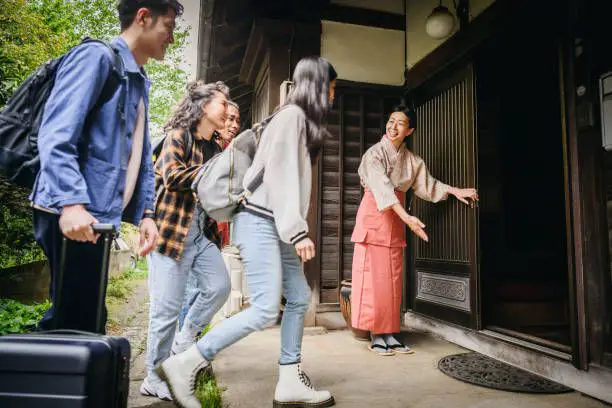
To book accommodations for your trip to Japan, follow these steps:
Determine your budget and preferred type of accommodation. Japan offers a range of options, including hotels, ryokans (traditional Japanese inns), hostels, and vacation rentals.
Research accommodation options in the areas you plan to visit. Look for reviews, photos, and information on location, amenities, and pricing.
Check booking websites such as Booking.com, Airbnb, and Agoda to find available accommodations that fit your preferences and budget.
Compare prices and read reviews to help you make an informed decision. You may also want to consider the location and accessibility of your chosen accommodation, especially if you plan to travel by public transportation.
Book your preferred accommodation and pay any required deposits or fees. Make sure to review the cancellation policy and any other terms and conditions before finalizing your booking.
After booking, confirm your reservation and make note of your booking details and confirmation number for easy reference.
If you have any special requests or needs, such as dietary restrictions or accessibility requirements, be sure to inform the accommodation in advance.
It's important to book your accommodations as early as possible, especially during peak travel seasons or in popular destinations, to secure availability and avoid higher prices. Also, consider booking accommodations close to public transportation to make it easier to get around during your trip.
Purchase a Japan Rail Pass

The Japan Rail Pass (JR Pass) is a cost-effective way to travel around Japan. It offers unlimited travel on designated JR trains, buses, and ferries for a set period, and can save you money if you plan to travel extensively in Japan.
To purchase a Japan Rail Pass, follow these steps:
Determine if you are eligible for a Japan Rail Pass. The pass is available only to non-Japanese citizens who are visiting Japan as tourists for up to 90 days.
Decide which type of pass you need based on your travel plans. The pass is available in different durations (7, 14, or 21 days), and there are different classes of service (ordinary or green car).
Purchase your Japan Rail Pass from an authorized vendor such as Japan Rail Pass or JTB. You cannot purchase the pass in Japan, so be sure to order it in advance.
Receive your voucher and exchange it for the actual pass at a designated JR station or at Narita, Haneda, or Kansai airports upon arrival in Japan.
Activate your pass on the date you plan to start using it. The pass is valid for consecutive calendar days, so plan accordingly.
Show your pass to JR staff when boarding designated trains, buses, or ferries. You may need to reserve seats in advance for some trains.
Enjoy unlimited travel on designated JR trains, buses, and ferries for the duration of your pass.
It's important to note that the Japan Rail Pass does not cover all trains or transportation options in Japan, and it may not always be the most cost-effective option depending on your travel plans. Be sure to research your options and consider your itinerary before purchasing a Japan Rail Pass.
Learn some Japanese
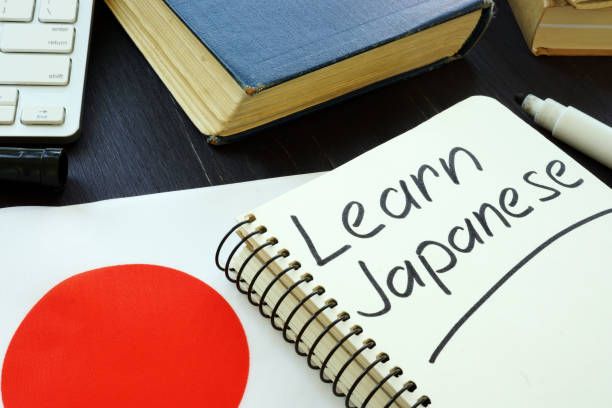
Learning some basic Japanese can be helpful when traveling to Japan. Here are some steps to get started:
Start by learning some essential phrases, such as greetings, thank you, excuse me, and please. For example, "Konnichiwa" means "Hello," "Arigato" means "Thank you," "Sumimasen" means "Excuse me," and "Onegaishimasu" means "Please."
Use language learning apps such as Duolingo or Memrise to practice basic vocabulary and phrases. These apps can help you learn Japanese at your own pace and offer interactive learning experiences.
Watch Japanese movies, TV shows, or listen to Japanese music to immerse yourself in the language and practice listening comprehension. You can also watch travel vlogs or YouTube videos in Japanese to learn more about the country and culture.
Consider taking a Japanese language class or hiring a private tutor. This can provide you with more in-depth language instruction and personalized feedback to help you improve your Japanese skills.
Practice speaking Japanese with native speakers, either in person or through language exchange apps such as HelloTalk or Tandem. This can help you improve your conversational skills and build your confidence in using the language.
Remember that Japanese is a complex language with three writing systems (hiragana, katakana, and kanji) and different levels of politeness and formality.
It may take some time and effort to become proficient, but even a basic understanding of the language can enhance your travel experience and help you better communicate with locals.
Plan your activities
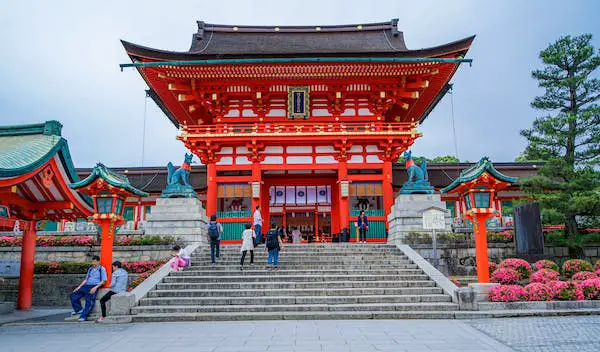
Planning your activities in Japan is an essential part of your trip, as there is so much to see and do in the country. Here are some steps to help you plan your activities:
Research the top tourist attractions and destinations in Japan, such as Tokyo, Kyoto, Osaka, and Hiroshima. Look for places that align with your interests, such as historical landmarks, cultural experiences, or outdoor activities.
Create a rough itinerary based on the places you want to visit and the time you have available. Keep in mind that Japan has a comprehensive public transportation system, so it's relatively easy to get around between cities and towns.
Look for special events or festivals happening during your trip. Japan has a rich cultural heritage, and there are many traditional festivals, seasonal events, and special celebrations throughout the year.
Book tours or activities in advance, especially for popular destinations or attractions. This can help you avoid long lines or sold-out tickets.
Consider purchasing a city or regional pass to save money on transportation and admission fees. These passes provide discounts or free entry to popular attractions and unlimited transportation within a specified area.
Leave some time in your itinerary for unplanned activities or exploration. Japan is a country full of surprises, and you may stumble upon unexpected places or experiences during your trip.
Remember to also consider practical aspects such as weather, travel time, and opening hours of the places you plan to visit. By planning your activities in advance, you can make the most of your trip to Japan and ensure that you experience all the country has to offer.
Book a tour guide

Booking a tour guide in Japan can be a great way to enhance your travel experience and learn more about the country's culture, history, and attractions. Here are some steps to book a tour guide:
Decide on the type of tour guide you need. You can choose a general guide who can provide an overview of the city or region, or a specialized guide who focuses on a particular theme such as food, history, or art.
Look for licensed tour guide services. In Japan, it is required by law that tour guides be licensed by the government. You can find licensed tour guides through websites such as Japan National Tourism Organization (JNTO), or by asking your hotel concierge or local travel agent for recommendations.
Check the guide's availability and schedule. Many guides have a limited schedule, so it's important to book in advance to ensure that the guide you want is available on the days you need them.
Discuss your itinerary and preferences with the guide. Let the guide know the places you want to visit, the activities you want to do, and any special requests you may have. The guide can help you customize your itinerary and make suggestions based on their knowledge and expertise.
Agree on the fee and payment method. Tour guide fees can vary depending on the length of the tour, the guide's expertise, and the number of people in the group. Be sure to agree on the fee in advance and the payment method.
Meet your guide on the day of the tour and enjoy your time together. Be sure to communicate any changes or concerns with the guide throughout the tour.
Booking a tour guide can make your trip to Japan more enjoyable, informative, and personalized. By following these steps, you can find the right guide for your needs and preferences.
Conclusion
Planning a trip to Japan requires careful consideration and research to ensure that you make the most of your time in the country.
From booking your flights and accommodations to purchasing a Japan Rail Pass and planning your activities, there are many essential steps to take before embarking on your trip.
Additionally, learning some basic Japanese and booking a tour guide can enhance your travel experience and help you better appreciate the country's unique culture, history, and attractions.
With a bit of preparation and a sense of adventure, you can have a truly unforgettable trip to Japan.
